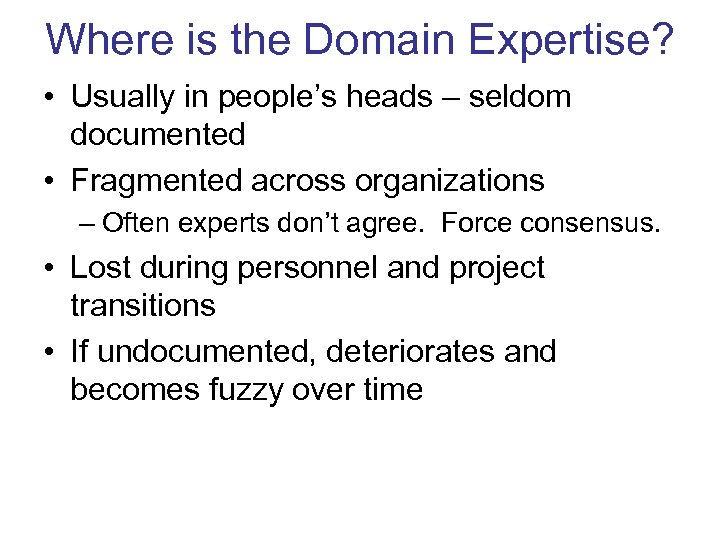


The first few elements serve as a guide for the next ones, which is why the vocals get recorded last. Many artists and music producers record their songs with individual elements ordered as such: Note that song recording typically takes longer than a day as it includes recording multiple tracks before merging them into a single audio file that has your music, effects, and vocals.
#Step note recorder reason software
Once your hardware and software (and song!) are all ready, the next step involves planning exactly what you need to record from start to finish. You can check out our list of the best recording software to learn more about the most popular DAWs that podcasters and music producers use in their home and commercial studios. The key is to find the ideal software that you can get used to, as opposed to getting a complicated one that you won’t be able to make the best use of. Alternatively, you can use the easily downloadable Audacity or the more professional ProTools. If you’re using a Mac, it should already have the preinstalled GarageBand. Run a digital audio workstationĪfter gathering your equipment, including a fast computer with enough RAM memory, run your chosen DAW. You can read our article about building your own home recording studio for more details, product recommendations, and specific instructions on how you can create your main workstation for song recording. The list might look like a handful, but you’ll realize that these can usually be set up in just one corner of the room. Here’s the short list of sound recording equipment: You’ll only need a few basic things for your studio and, with a lot of patience and research, you will be able to find the right pieces of equipment to suit your needs and preferences. Contrary to popular belief, you don’t always need the loudest speakers, the most expensive microphone, or even the biggest mixer with millions of sliders and knobs-although you do need to worry about soundproofing your room. Setting up your own home recording studio is super easy.


 0 kommentar(er)
0 kommentar(er)
